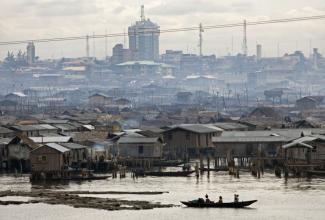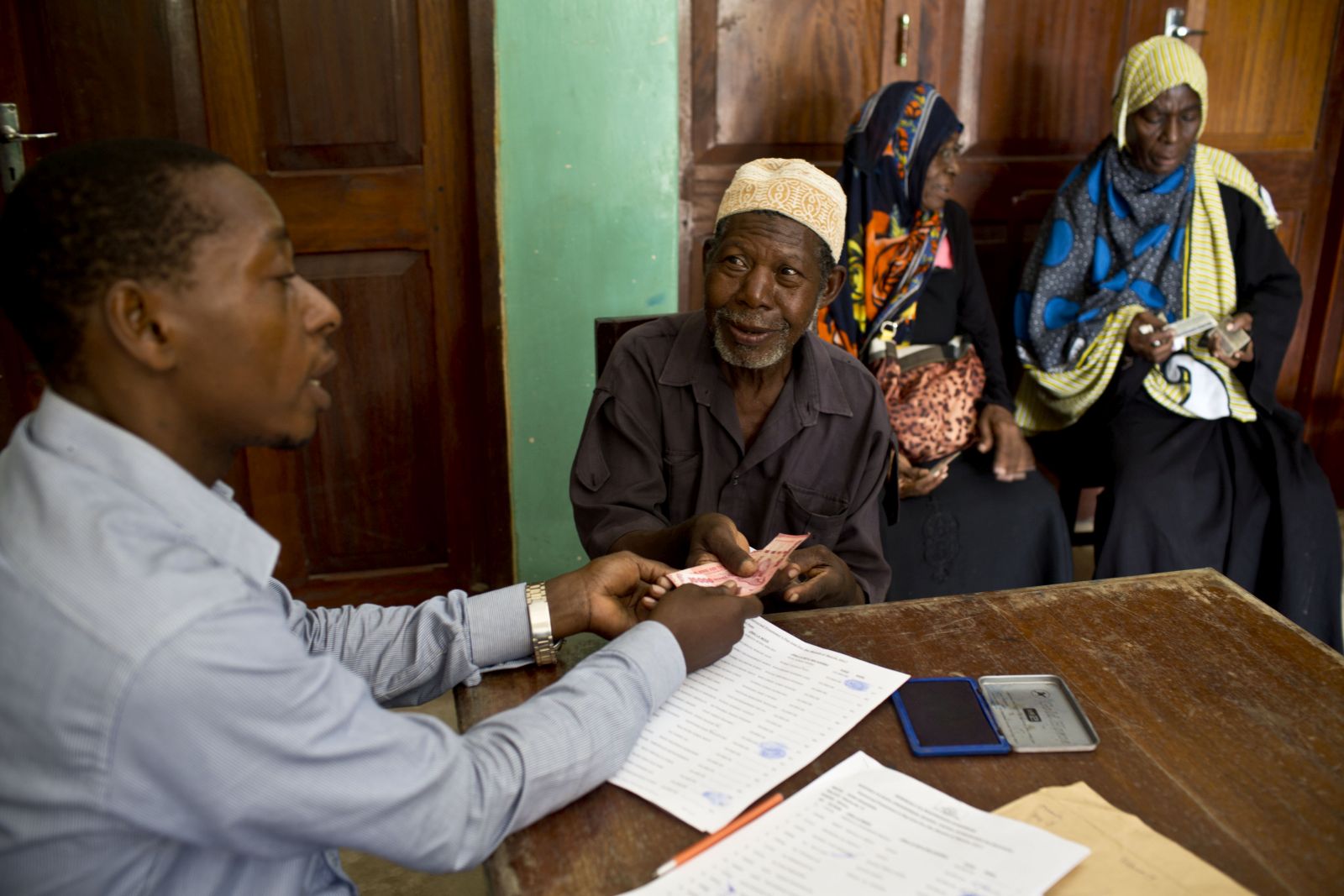Urbanisation
New visions

The first three chapters offer a general introduction to global urbanisation trends, accesses to urban life and theories of urban development. Chapters four to eleven consider urbanisation phenomena in the global south, including:
- rural-urban migration,
- housing and housing strategies of the disadvantaged,
- eviction and demolition,
- the informal sector,
- traffic and other infrastructure issues,
- children,
- violence,
- the urban fringes and
- town planning.
The book, which was published shortly before the UN conference Habitat III in Quito in October, returns to the overarching question of “one, two, many pathways to the world of cities” in its final chapter.
Some chapters are told from the perspective of imaginary rural-urban migrants. They – and in many cases their daughters, sons and grandchildren – must cope with informal employment and housing. Indeed, more than half of all jobs and homes are informal in many places and countries. Conflicts with the authorities are inevitable, as informal businesses and settlements typically do not comply with every law and regulation. It takes decades to improve slums and legalise them. Demolition and eviction occur frequently in many countries.
Urban infrastructure is mostly inaccessible to newcomers from the villages. Public transport is overburdened, and there are ever more cars on the roads. Accordingly, migrants’ mobility is restricted and marked by health hazards. Moreover, people in poor neighbourhoods – and especially the children and youth – are exposed to violence.
Conventional town planning has rarely paid much attention to poor people’s needs, housing traditions and self-help strategies. “Bottom-up planning“ is frequently a meaningless phrase. In many African and Asian metropolises, urbanisation means that people survive somehow by grasping whatever opportunities the city offers and cooperating with family back home in the village. Many households depend on money made in the city as well as agriculture revenues. From a European perspective, one might thus speak of incomplete town planning.
This vivid and attractive book refers to many different sources: scholars’ theories, empirical research, international and national statistics, political analyses, fiction writing and interviews. Not least, Schmidt-Kallert conveys a host of insights and observations that result from his professional work and travels.
The final chapter returns to the issue of overarching urbanisation patterns. The author concludes that, if at all, patterns can be identified for regions or countries, after considering Latin America, Africa and Asia in a kind of “round trip”. Moreover, our time’s major (urban) challenges – such as social inequality, climate change and violent conflict – take context specific forms, according to the scholar. For example, extreme exclusion and privatisation are typical of South America’s highly urbanised societies, he states, though similar trends are becoming evident in all megacities and even major towns of emerging markets.
Schmidt-Kallert does not accept the dystopia of fragmenting agglomerations, and spells out his personal utopia: in the global south’s different regions, experts and residents will develop unconventional alternatives to the currently prevalent forms of urbanisation – and these alternatives will go beyond the New Urban Agenda that Habitat III adopted in Quito in October.
Eva Dick
Reference
Schmidt-Kallert, E., 2016: Magnet Stadt: Urbanisierung im Globalen Süden (magnet city: urbanisation in the global south, in German). Wuppertal: Peter Hammer Verlag.












